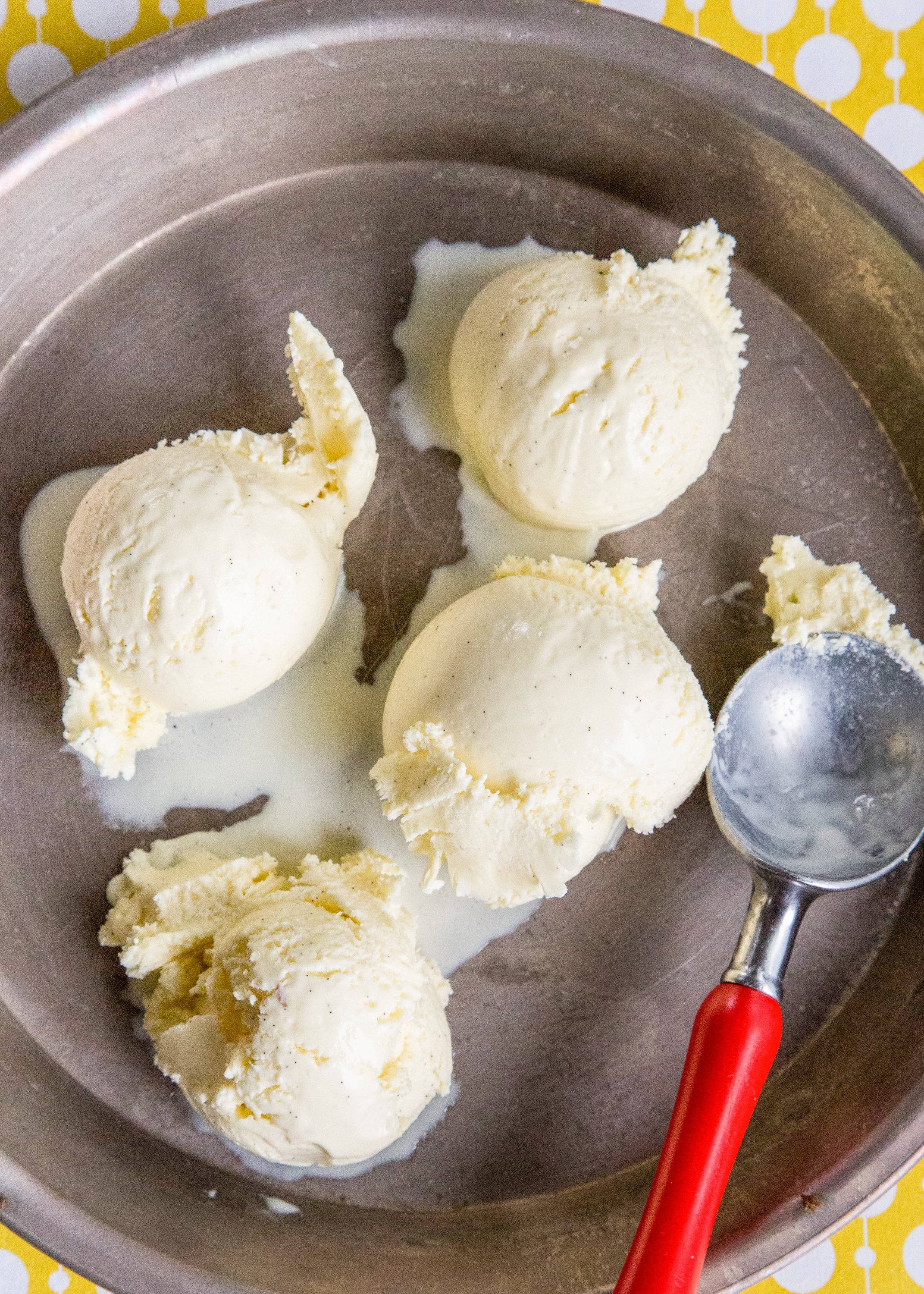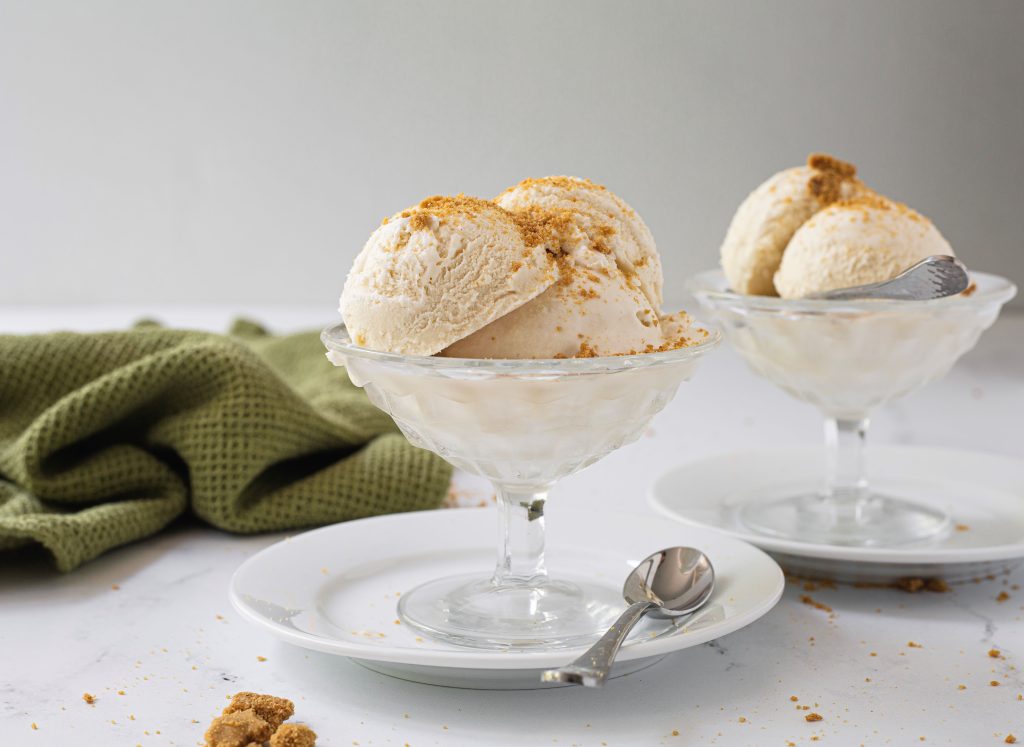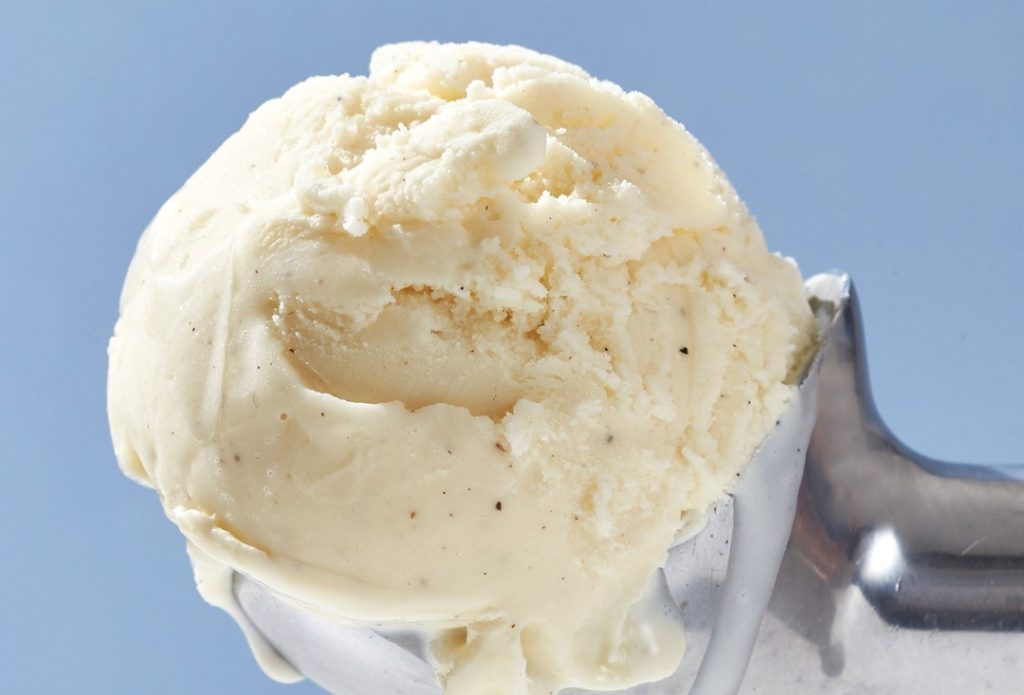
We’ve all been there, standing in the grocery aisle, faced with a wall of vanilla options. Regular vanilla, French vanilla, Tahitian vanilla… the choices can feel endless! And then that little voice pops up: “French vanilla sounds fancier… it must be better, right?”
Well, my fellow flavor enthusiasts, let’s unravel this delicious mystery and explore the real difference between vanilla and French vanilla.
It’s All About the Ice Cream… Mostly!
Here’s the surprising truth: “French vanilla” isn’t actually a type of vanilla bean. Unlike Madagascar or Tahitian vanilla, which refer to the origin and variety of the vanilla bean itself, “French vanilla” is more about a flavor profile and a specific ice cream making style.
Think of it this way:
- Regular Vanilla Ice Cream: Imagine a classic, pure vanilla ice cream. It’s light, refreshing, and showcases the delicate floral notes of the vanilla bean.
- French Vanilla Ice Cream: Now picture a richer, more decadent vanilla ice cream. It’s got a beautiful pale yellow hue and a luxuriously creamy texture, almost like custard. That, my friends, is the magic of French vanilla ice cream!

The Secret Ingredient: Egg Yolks!
The key difference lies in the base of these ice creams:
- French vanilla ice cream traditionally includes egg yolks in its base. These golden gems add a richness, depth of flavor, and that signature creamy texture.
- Traditional vanilla ice cream, often called “Philadelphia-style,” typically skips the egg yolks. This results in a lighter, icier texture and a more pronounced vanilla flavor.
Important Note: While this is the traditional distinction, always check the ingredient list! Many brands of regular vanilla ice cream now include egg yolks for a creamier texture.

Beyond the Scoop: The Essence of French Vanilla Flavor
Although the term “French vanilla” technically applies to ice cream, you’ll often find it gracing other treats, like coffee creamers, yogurts, and even candles! In these cases, “French vanilla” signals a richer, more intense vanilla flavor profile that’s often described as:
- Custardy
- Caramelized
- Smooth
- Warm

Creating Culinary Masterpieces: Vanilla vs. French Vanilla in Recipes
When it comes to baking and cooking, the choice between vanilla and French vanilla often comes down to personal preference and the desired outcome.
- For a classic vanilla flavor that lets other ingredients shine: Opt for regular vanilla extract. It’s perfect for cakes, cookies, frostings, and sauces where you want a pure, clean vanilla taste.
- For a richer, more decadent vanilla experience: French vanilla extract or flavoring can add a lovely depth to custards, puddings, and even savory dishes like creamy sauces for chicken or fish.

FAQs: Demystifying Vanilla
Q: Is French vanilla actually from France?
A: Nope! Despite its name, French vanilla doesn’t hail from France. The term “French” refers to the style of ice cream making, which incorporates egg yolks into the base.
Q: Can I substitute vanilla extract for French vanilla extract in recipes?
A: Yes, you can generally substitute one for the other. However, keep in mind that French vanilla extract might have a slightly more pronounced flavor due to the addition of egg yolks in some brands.
Q: What are some other types of vanilla I should explore?
A: The world of vanilla is incredibly diverse! Here are a few fascinating varieties to try:
- Madagascar Vanilla: Known for its rich, creamy, and slightly sweet flavor profile, often with hints of chocolate.
- Tahitian Vanilla: Offers a more floral, fruity, and slightly anise-like flavor that’s truly unique.
- Mexican Vanilla: Possesses a bold, spicy, and almost smoky flavor that’s perfect for adding depth to desserts.
Embracing the World of Vanilla
So there you have it! The next time you’re faced with the vanilla vs. French vanilla dilemma, remember this: it’s not about one being superior to the other. It’s about understanding the subtle nuances of flavor and choosing the option that best suits your taste buds and culinary creations.
Happy baking!






